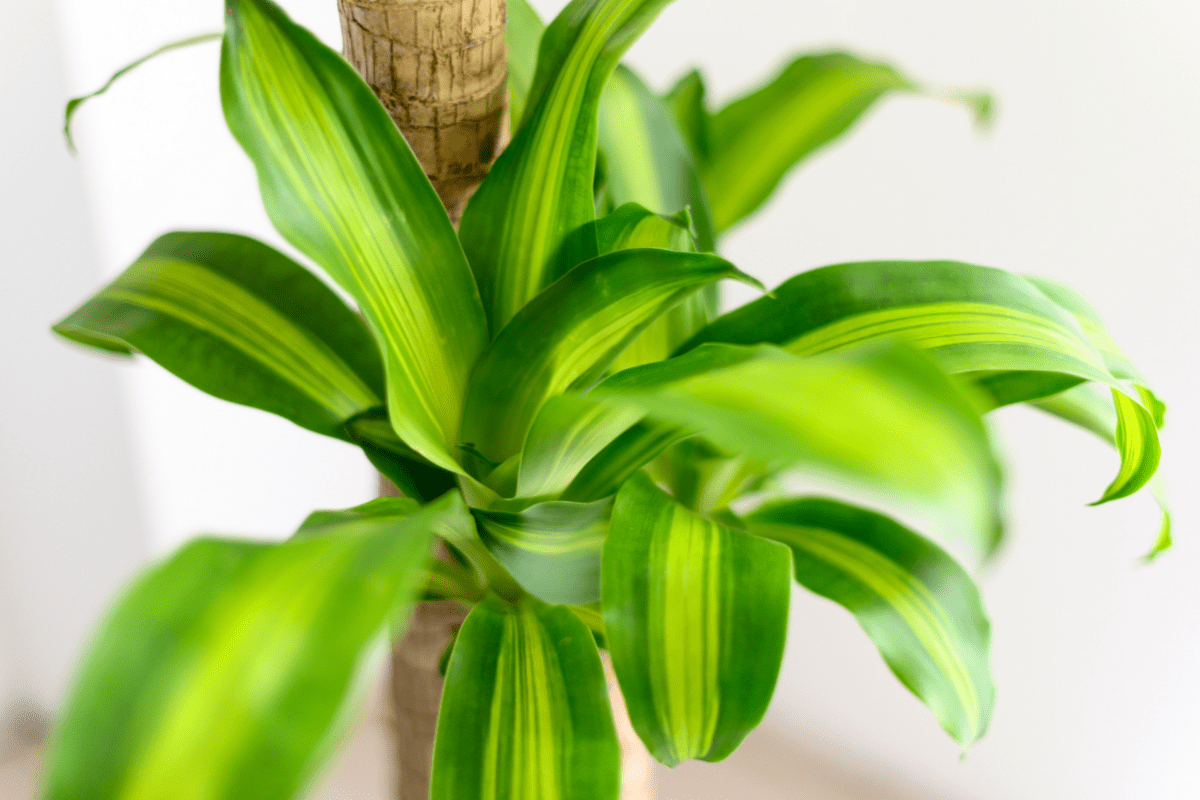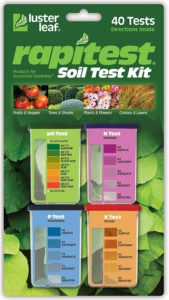Dracaena plants, which include snake plants, are popular, low-maintenance houseplants with long, thick green leaves and sassy, striped foliage. Unfortunately, it’s often the easiest plants to care for (dracaena included) that get neglected the most…they just sit in a corner losing their pep while your drama-loving plants demand all the attention.
With a bit of care and know-how, you can put the pep back in your snake plants and enjoy healthier plants in just a few weeks.
When it comes to giving your dracaena fertilizer, your plant will enjoy an average dose of balanced fertilizer throughout its growing season. As a tropical plant, dracaena enters dormancy over the winter though. During this period, snake plants only need about half as much water as usual and no fertilizer whatsoever!
We’ll cover the most common types of dracaena fertilizer available and how to use them for winning results in this post.
what to look for in a dracaena plant fertilizer
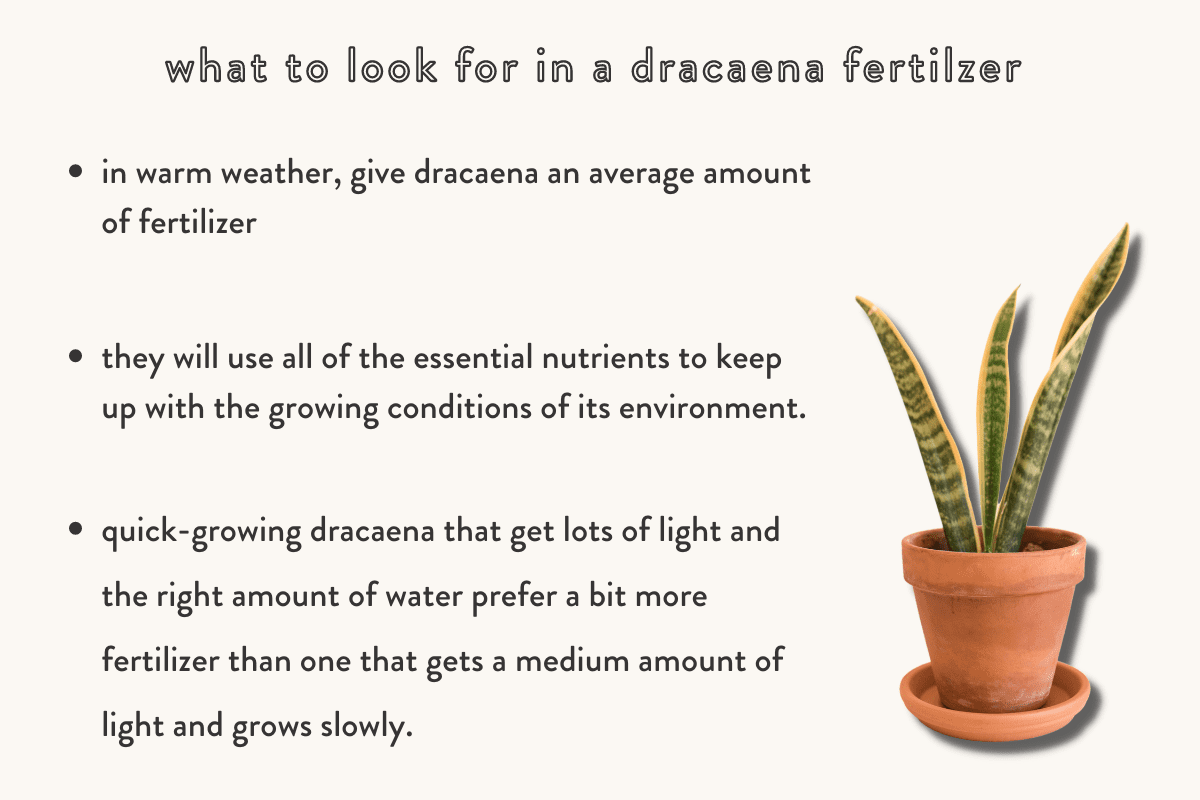
There are many types of dracaena out there. Some of the more popular varieties include dracaena marginata, dracaena fragrans, dracaena massangeana, and dracaena Warneckii. These plants’ long, spear-shaped leaves, woody canes, and fibrous roots are great at storing nutrients and moisture and make them famously easy to water. However, mature dracaena plants can reach several feet in height with the right growing conditions, and will use these nutrient stores up quickly. This plant is native to tropical Africa, and its various species are well-adapted to nutrient-dense soils that remain moderately moist. During the warm months of the year, a dracaena will appreciate about an average amount of fertilizer to keep it nourished.
Dracaena plants love a lot of bright, indirect sunlight, and use it in abundance to nourish their thick leaves and stems. Since dracaena are used to a healthy topsoil, these plants will use all of the essential nutrients to keep up with the growing conditions of its environment.
When kept indoors, a large or quickly-growing dracaena that gets lots of light and the right amount of water will like a little more fertilizer than one that gets a medium amount of light and doesn’t grow very quickly.
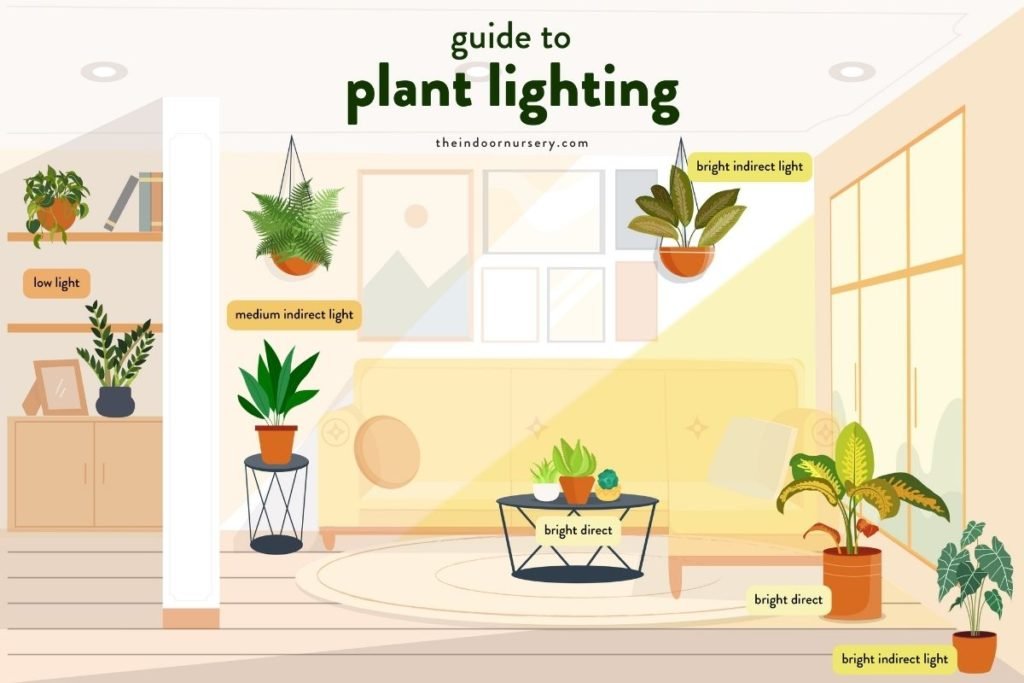
Checking your soil profile with a test at the beginning of spring and at the beginning of summer will help you be sure the plant is getting the nutrients it needs to stay big, green, and healthy.
Since houseplants like dracaena live in pots that we provide for them, it’s important to give them the right fertilizer with appropriate frequency to fill out any nutrient deficiencies in the soil. Establishing a proper fertilizing routine goes hand in hand with watering your dracaena frequently enough. Although it’s true that snake plants don’t need drainage to survive and they’re hardy as all get out, you’ll enjoy a healthier plant by taking a few extra steps to mimic its natural environment.
If you notice slow or stunted growth, brown tips, leaves that turn yellow, or loss of leaves on your snake plant, it may be suffering from a nutrient deficiency. If your plant is getting enough light and the right amount of water, do a soil test to measure the nutrient profile. All plants need three main macronutrients (NPK): nitrogen (N) for chlorophyll production; phosphorus (P) for healthy roots and reproduction; and potassium (K), which is used for cellular health and moisture retention, as well as a range of micronutrients, all of which are provided by all purpose fertilizers.
types of dracaena plant fertilizers
Dracaena doesn’t need a couture fertilizer to keep it happy. Most balanced, all purpose garden or indoor plant fertilizers will provide the plant with the range of nutrients it needs to thrive in its potting soil. The type of fertilizer you choose will define how frequently over the growing season it should be applied. Liquid, slow-release, and granular fertilizers are all good options to nourish your dracaena. Choose a type that best suits your care routine, and your plant will thank you!
liquid fertilizers
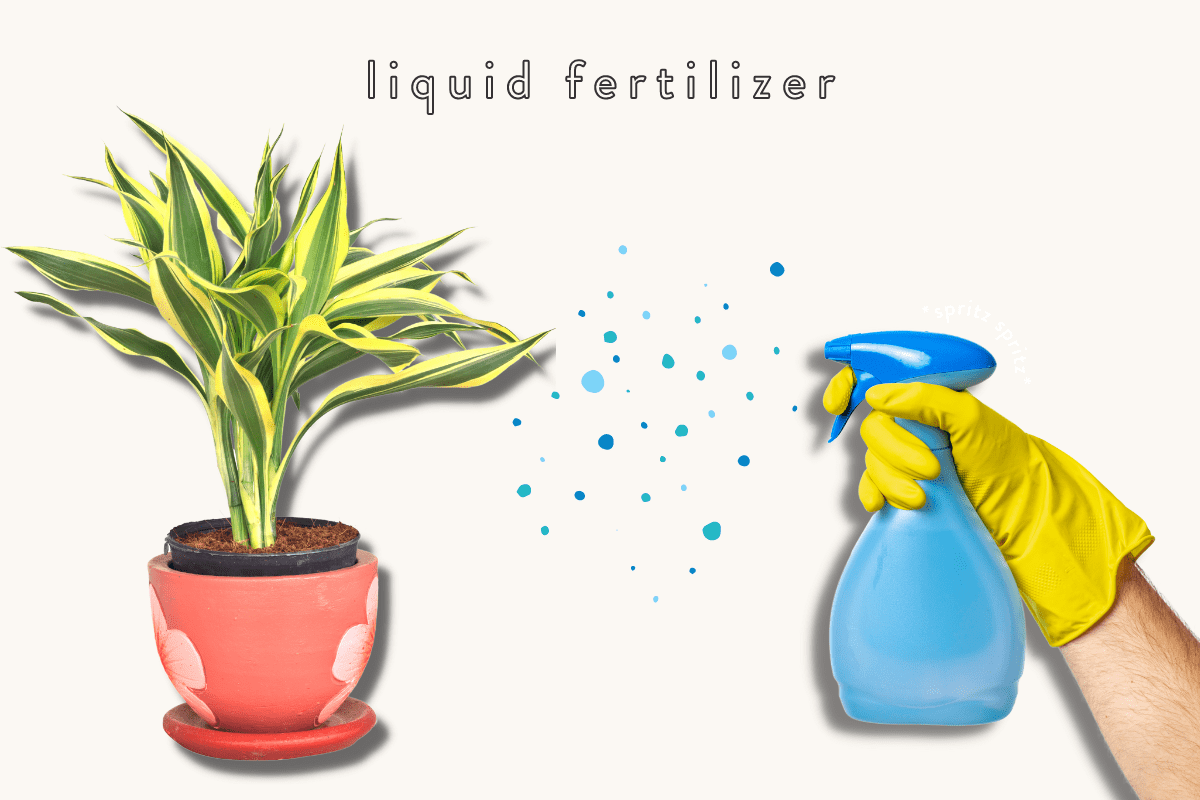
All liquid fertilizers are designed to release nutrients immediately to plants, whether you choose a synthetic or organic formula. Plants naturally absorb nutrients that have been leached by water from the soil. Solid fertilizers and organic material are slowly broken down and made available to plants over time, to be absorbed in small quantities as the fertilizer dissolves or is broken down. Since the liquid fertilizer is nutrient-dense, the dracaena will be able to soak up the vitamins and minerals it needs.
When applying liquid fertilizer, follow directions closely to make sure you don’t over-apply, either too much at a time, or too frequently. Dracaena likes a consistent application, but the more frequently you apply, the less fertilizer you should give your plant at a time. A quarter or half strength application diluted in water every four weeks throughout the growing season should keep your dracaena well-fed.
slow-release fertilizers
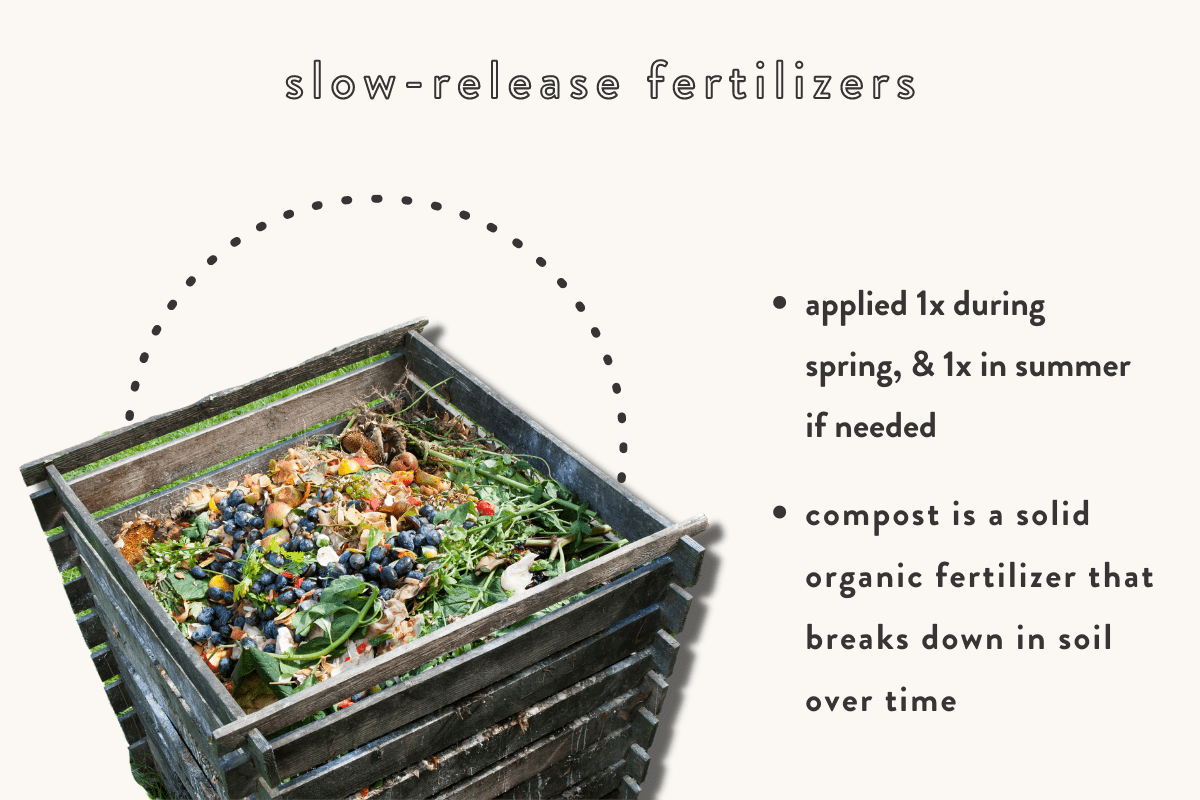
A slow-release fertilizer is a great option for those who don’t have time to spend measuring out many small applications. Solid organic fertilizers like earthworm castings from your worm farm or traditional compost will break down slowly and only need to be applied once at the beginning of spring, and maybe a second time in early summer. Synthetic and organic slow-release granular formulas are easy to use, and if you’re worried that you won’t know how long the fertilizer will stay in the soil, just test the soil profile before applying it again. This will keep you from overfertilizing your dracaena.
granular fertilizers
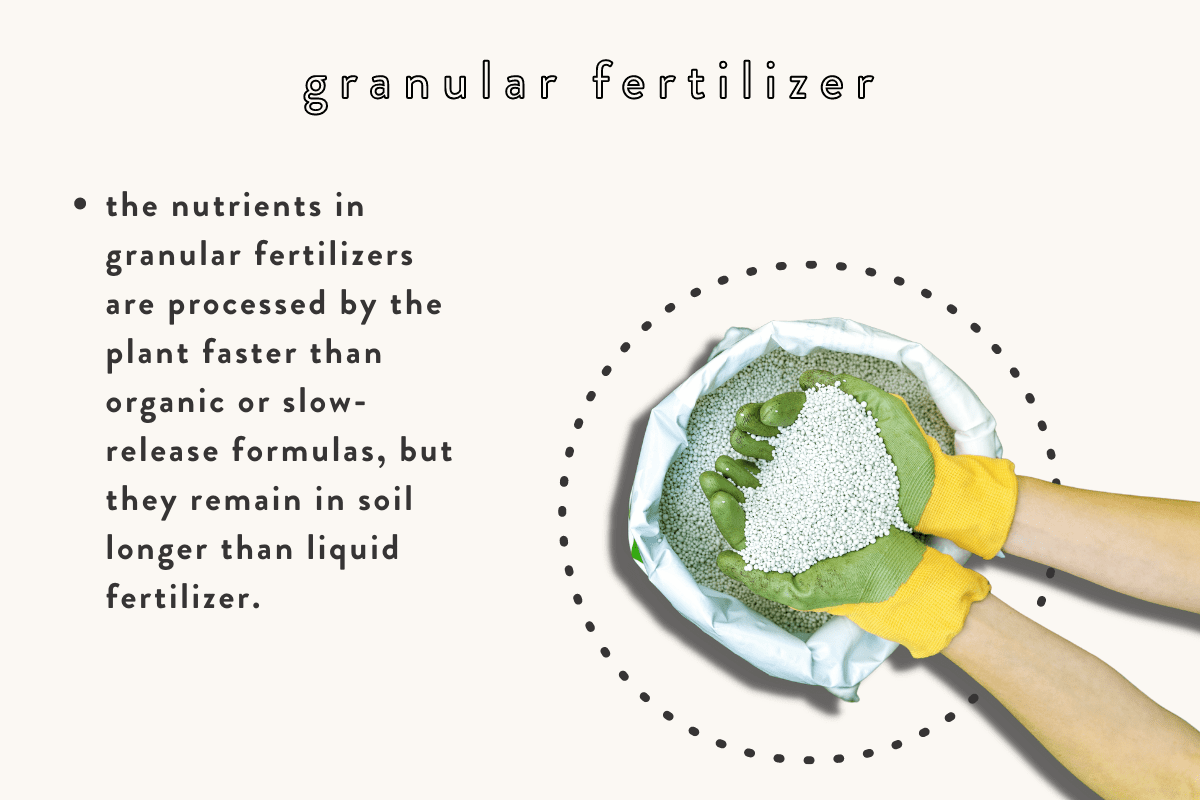
The nutrients in granular fertilizers are released and absorbed by the plant more quickly than organic or slow-release formulas, but they remain in soil longer than liquid fertilizer. As with other fertilizer types, a soil test will help you know when your soil is depleted. For a dracaena, granular fertilizers only need to be applied once or twice a year during the growing season, depending on the size of the plant.
how often to fertilize dracaena plants
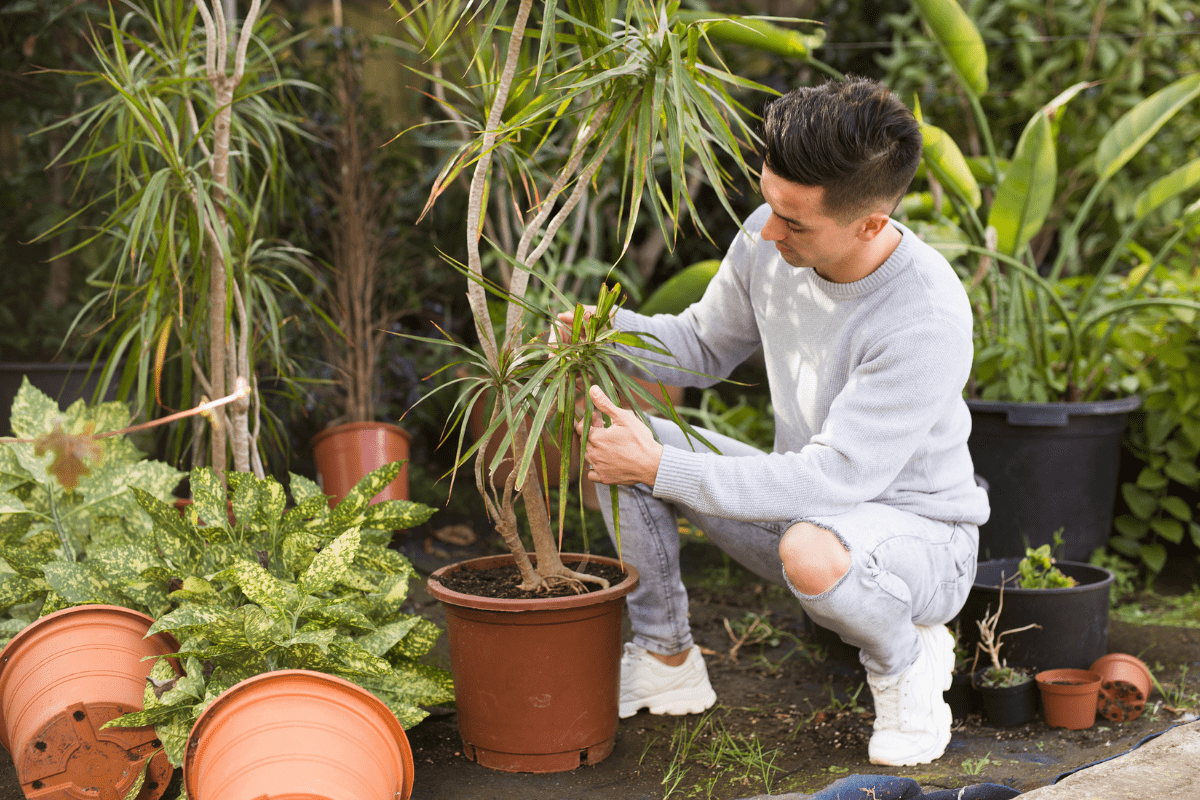
Dracaenas like a regular supply of fertilizer, but the type you choose to apply will affect how often you need to refresh it throughout the year. It’s best to fertilize them at least once in the early spring, and that may be enough for the year if you use an organic or slow-release fertilizer, depending on the size of the plant and the amount of light it receives.
On the other end of the spectrum, a couple of drops of liquid fertilizer heavily diluted in water every two or three weeks over spring and summer will also deliver a consistent supply of nutrients to your plant.
spring
In spring, your dracaena will be waking up from winter dormancy as the days get brighter and warmer. As a tropical plant, dracaenas prefer lots of light and warm temperatures, and they will take advantage of the longer days by absorbing the light, growing new leaves, and gaining height. This all is supported by a good soil nutrient profile, which you can test in late winter or early spring to be sure the pot needs new fertilizer before applying it.
No matter the choice of liquid, granular, organic, or synthetic fertilizer, early spring is the best time to fertilize your dracaena, especially if you only do it once a year. Liquid and granular formulas may be depleted by mid spring, but generally, full-strength applications only need to be applied once in spring. Diluted liquid fertilizer may be applied every three to four weeks in very small amounts.
summer / fall
A dracaena will grow at a steady pace over the summer months, and may or may not need to be fertilized in summer, depending on the plant’s size and growth rate. Larger and faster-growing plants that get lots of indirect light will like a little more fertilizer in summer to keep up with their growth. Granular and liquid formulas can be applied a second time at the beginning of summer. Continue to apply small amounts of diluted liquid fertilizer every two to three weeks until the end of summer as long as your plant’s soil isn’t becoming saturated (run a quick soil test to be sure). In fall, the dracaena will stop absorbing nutrients as quickly, and as the days get darker, the plant will enter dormancy for the winter and won’t absorb any nutrients at all.
Winter
During the cold, dark winter months, tropical plants like dracaena will enter an energy-saving state of dormancy. The plant won’t grow much at all, so it won’t need as much water as in the spring and summer. The plant survives on energy and nutrients stored during the warmer and brighter part of the year. It won’t need any fertilizer during this period because it won’t be absorbing nutrients, and extra fertilizer might even damage the roots by fertilizer burn from excess salts in unused synthetic formulas. Wintertime is a good time to not disturb the plants, although cleaning any dust off of the large leaves will keep them ready to start absorbing light again towards the end of winter.
FAQ
are my dracaena’s brown leaf tips due to too little or too much fertilizer?
Dracaena are loved for their long, leathery leaves, but gardeners are often discouraged by brown leaf tips. This can happen for a variety of reasons, including nutrient-related issues. Too much or too little fertilizer (aka fertilizer burn) might result in the tips of the leaves turning brown, which is a general sign of stress for dracaena. The tips may also turn brown from problems associated with too much direct sunlight, soil that’s too wet, soil that’s too dry, or too cold of conditions. If the plant isn’t exposed to a draft and your watering schedule doesn’t seem to be leaving the soil inhospitable, a soil test will help you know whether the plant is getting enough nutrition.
More about fertilizing
- 10 Best Worm Composter Bins For Easy Homemade Compost
- Compost Starter 101: When You Need It And How To Make It
- Our top pothos fertilizer picks for luscious vines
- 5 reasons to use coffee as fertilizer for your plants
- Best fertilizer for Monstera plants for gorgeous leaves
- Fertilizer Burn on Plants? Here’s How to Fix it
- Fiddle leaf fig fertilizer: How to feed your fiddle leaf

